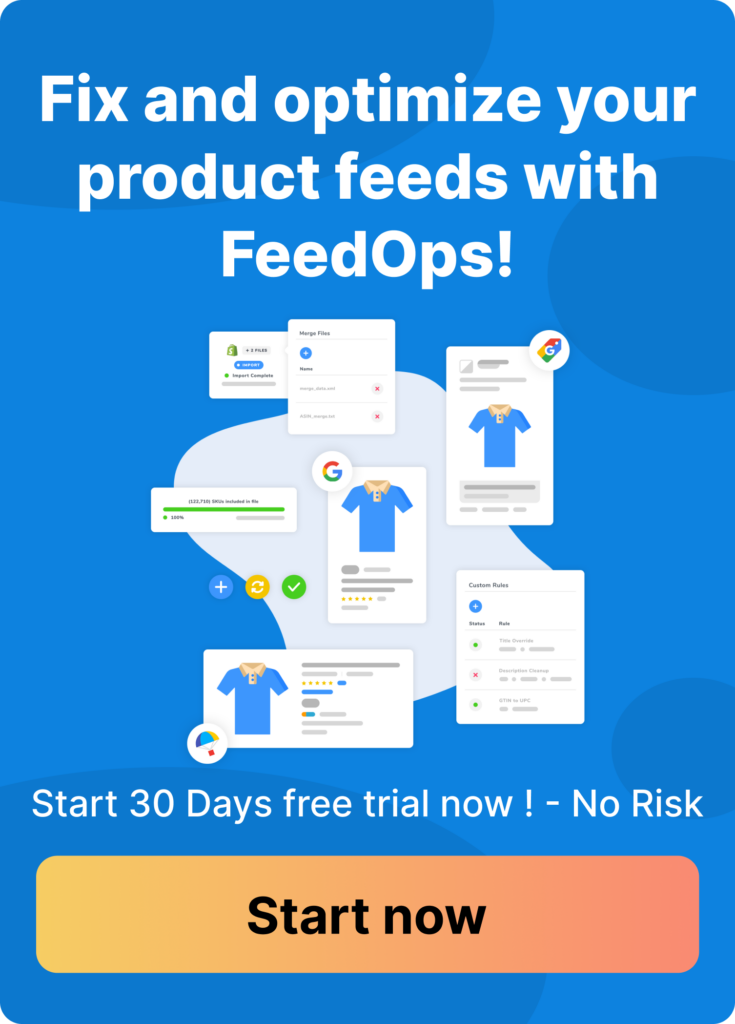Smart Shopping campaigns push your shopping campaigns to the next level, expanding your reach across the Google display network with new advertising formats while further leveraging Googleâs Machine Learning.
Letâs consider how to properly optimize your Smart Shopping campaigns to ensure youâre getting the best value from your ad spend.
Set Up Your Smart Shopping Campaigns For Success
Optimize Your Smart Shopping Feed
One of the most important things you can do to set up your Smart Shopping campaigns for success is to have an optimized feed. This includes ensuring your product titles are as relevant as possible. You can read more about optimizing your feed here.
Budgets
Choose a budget you are comfortable to spend every day over the period of a month.
One of the common questions we hear is, âMy budget is only $50! Why did it spend $80 today?â
Particularly in the early days of the campaign while Google is testing, learning and adjusting, your daily spend may fluctuate. However, your spend will average out over the course of a month. Google allows for overspend up to 2 times your daily budget, but will average the total budget across the month.

Targets
The next question to ask yourself is, âWhat is my target? Do I target the maximum possible revenue I can achieve or do I need to ensure I hit a target return on ad spend to make advertising profitable?â
With Smart Shopping campaigns and digital advertising, the goal should always be to generate revenue and to maximise your conversion value.
This decision to set a ROAS target is based on your individual circumstances, including your profit margins, business goal and any shopping campaigns sales history you might have.
By not setting a ROAS target, you are telling Google, âget the highest conversion value for my budget as possible.â
For a better understanding of revenue goals and return on ad spend as a KPI read our blog on the goal of digital advertising.

Advanced
You may want to think about campaign segmentation and creating multiple campaigns if you have:
- a wide range of different products,
- specific budgets for categories or
- significantly different margins or performance across products
Each campaign can be given an individual budget and target but itâs Googleâs best practice to avoid segmentation until necessary. We recommend avoiding making segmentation decisions until you have sufficient conversion data in your Smart Shopping Campaigns. For more information on when to split your Smart Shopping campaigns, read our blog on the topic here.

Whatâs Next?
Stop, watch and wait!
Your campaigns will now need time to learn and optimize using the machine learning inbuilt into the Smart Shopping Campaigns. The time this process takes can vary by campaign, but a 2 week period at a minimum is recommended before making any changes.
During this time you should:
- Monitor traffic â make sure your product feed doesnât have any disapprovals
- Give campaigns time to learn
- Avoid temptation to change
For more information on Smart Shopping next steps you can read more here.
Ongoing Optimizations
After monitoring for 2 weeks you can begin to make changes â but one at a time!
If you are achieving your ROAS target and would like to achieve a higher conversion value, consider increasing your budget.
If your ROAS target isnât achievable or you cannot increase your budget, consider decreasing your target to achieve a greater conversion value.
Providing you didnât originally set a ROAS target when setting up campaigns, now might be the time to set one. Be aware that setting a goal above what you have achieved may limit your ads from being shown as often as they could. A recommended strategy is to look at the ROAS results and set a target within 10% of these results.
The key to successful optimization of these campaigns is incremental changes that give the algorithms the opportunity to learn and optimize after each change. Ideally, no more than 1 budget or goal change will be made every 14 days.
Another part of your ongoing optimizations should be feed optimizations. Look at your descriptions and product titles to ensure that your ads are generating traffic and that traffic is relevant. Look at your click through rates and conversion rates and monitor how your optimizations affect your performance in these areas.
If you want any information about managing your Smart Shopping Campaigns, or want to know how our software can help your Google Smart Shopping ads performance, read more here.
â



